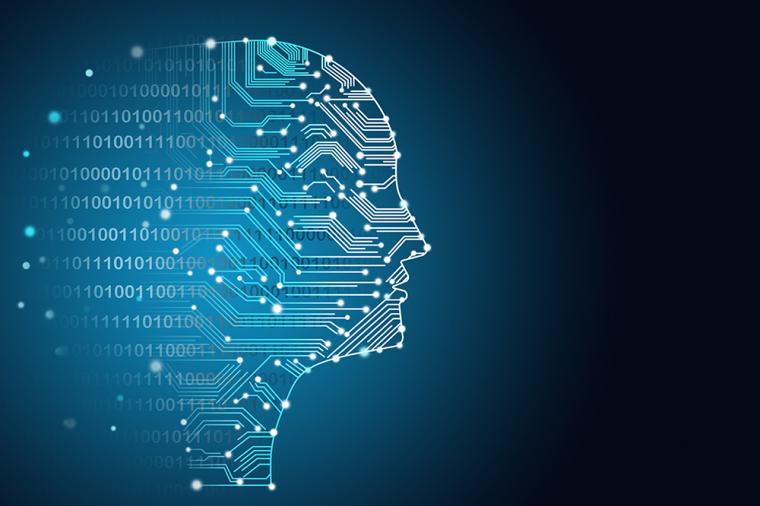Business Applications, Uncategorized
Not all Ivy League schools have massive endowments and bank accounts. Some have to get more creative when looking to build new facilities on a budget – or simply embrace innovative new approaches to design and construction.
Business Applications, Uncategorized
It’s that time of year again! Spring is here and Autodesk has commenced its steady roll-out of 2020 software releases.
First off is AutoCAD 2020. Released in late March 2019, AutoCAD 2020 includes interesting and exciting new features. With a subscription to AutoCAD 2020, you’ll get industry-specific toolsets; improved workflows across all your devices – web, mobile, and desktop; and new integrations with cloud storage vendors.
Here’s a round-up of what’s new.
Tips and How-Tos
The days may be getting longer but as summer approaches your time to capitalize on SLED fiscal year-end sales opportunities is getting shorter. June 30th marks the end of the fiscal year in 46 U.S. states, this also includes many cities and counties. In 2019 state and local budgets have set aside $107.6 billion for IT spending alone and the fourth quarter is one of the busiest times for spending those tax dollars.
IT Perspective
Congress and the Trump administration may not agree on much, but everyone wants to keep pressing federal agencies to strive for modernization with their information technology systems. In hearings just this month, for example, members of the House Veterans Affairs Committee bore in on VA’s struggle to replace its electronic health record system and to modernize its legacy financial and other administrative systems.
Big Data
Machine learning (ML) and artificial intelligence (AI) could very well be the next major technological advancements that change the way federal IT pros work. These technologies can provide substantial benefits to any IT shop, particularly when it comes to security, network, and application performance.
Big Data & Analytics
A survey of Department of Defense employees commissioned by DLT partner, Veritas, and conducted by Federal Computer Week found that 46% of respondents agree that data drives all or most of their decisions (58%), yet only 13% would rate their data management capabilities as “Excellent” while 60% rate them as “Satisfactory” or “Poor”.
Challenges Across Each Stage of Data Life Cycle





